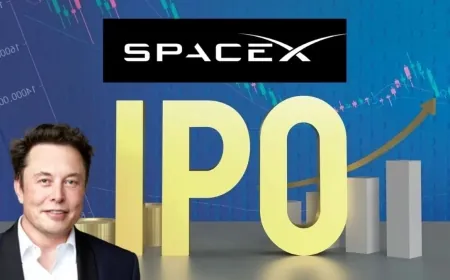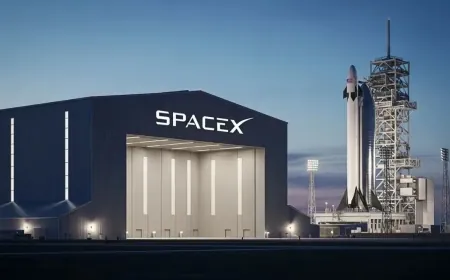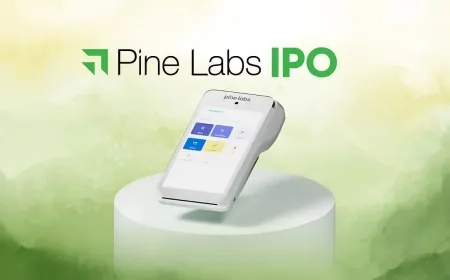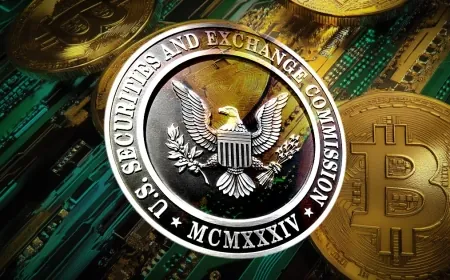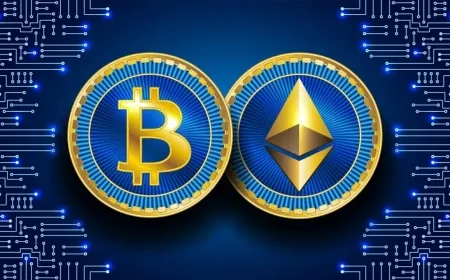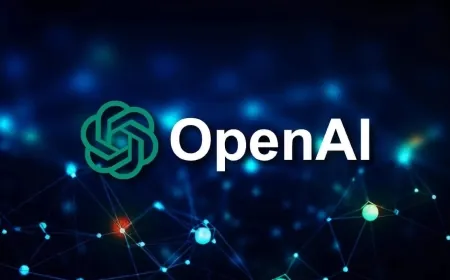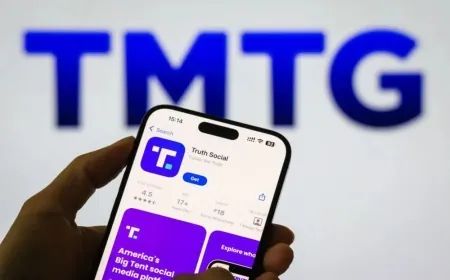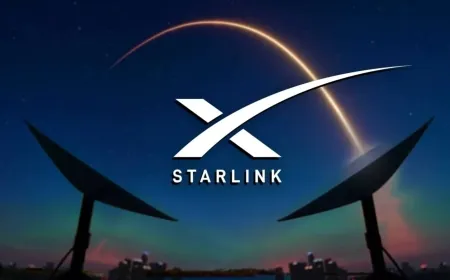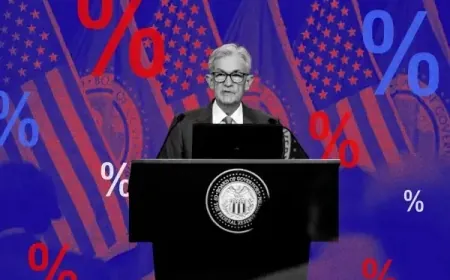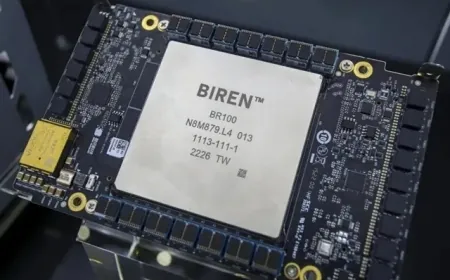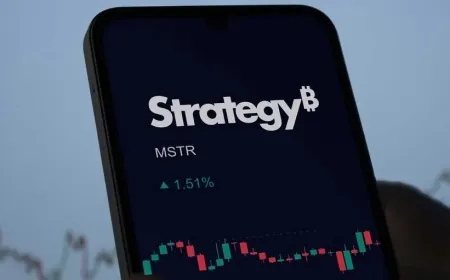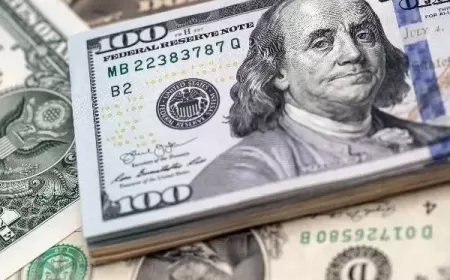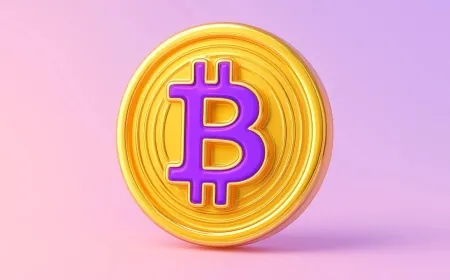Ethereum vs XRP: Best Cryptocurrency for Long-Term Growth and Investment
Ethereum leads XRP as the top long-term crypto pick in 2025, driven by stablecoin growth, DeFi adoption, and smart contract innovation.
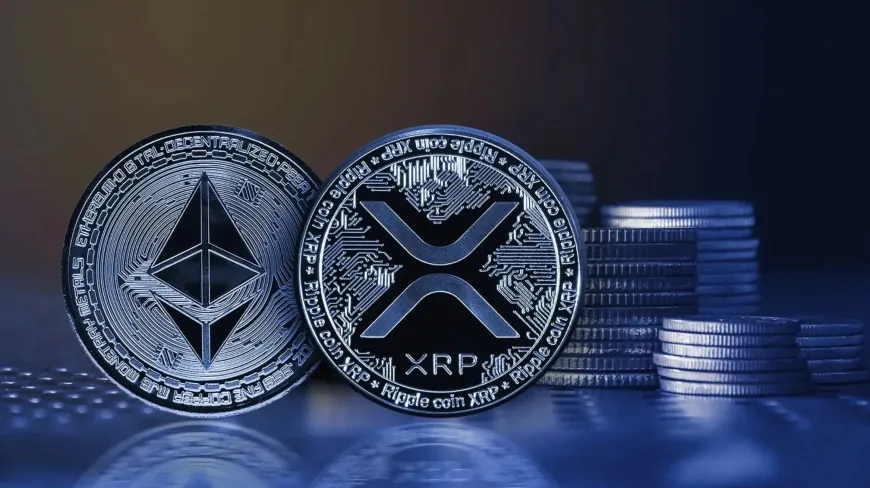
The cryptocurrency market has been anything but predictable in 2025. Bitcoin surged past six figures, but altcoins like Ethereum (ETH) and XRP are gaining attention as serious contenders for long-term investors. Both have established themselves as top cryptocurrencies, yet their potential for growth depends heavily on adoption, utility, and integration with traditional financial systems.
Investors face a critical question: Should they choose XRP, a token focused on banking efficiency, or Ethereum, the backbone of decentralized finance and smart contracts?
XRP: Banking Innovation with Limited Token Demand
XRP was created by Ripple to solve inefficiencies in cross-border payments. Traditional banking systems are slow, costly, and rely on multiple intermediaries. Transactions can take days, and fees add up quickly, particularly for international transfers. Ripple’s blockchain, powered by XRP, promises faster settlements and lower transaction costs.
On-Demand Liquidity (ODL) and Bank Adoption
Ripple’s flagship solution, On-Demand Liquidity, allows financial institutions to transfer funds globally without pre-funding accounts. XRP serves as a bridge asset, improving liquidity. In theory, widespread ODL adoption could increase XRP demand and price.
Challenges:
-
Most large banks do not face liquidity constraints that require holding XRP.
-
Banks can use Ripple’s technology without ever holding the token, capturing efficiency benefits while avoiding exposure to a volatile asset.
-
Ripple’s move into stablecoin payments via the Rail acquisition could reduce reliance on XRP, as stablecoins may replace XRP for bridging payments.
Market Fact: Despite Ripple partnerships with over 300 institutions, XRP’s direct usage as a bridge asset remains limited, highlighting the gap between blockchain adoption and token demand.
Ethereum: Driving the Stablecoin and DeFi Economy
Ethereum is fundamentally different from XRP. Its blockchain underpins the majority of stablecoin transactions, including USDC and DAI, which are increasingly used in payments, lending, and decentralized finance (DeFi). Every transaction on Ethereum requires Ether (ETH) to pay gas fees, part of which is burned—permanently reducing the total supply of ETH.
Key Benefits of Ethereum:
-
Stablecoin Integration: Growth in stablecoin usage directly increases ETH network activity, driving demand.
-
Deflationary Mechanics: Ethereum’s EIP-1559 mechanism burns a portion of gas fees, making ETH scarcer as network usage rises.
-
Smart Contract Versatility: Ethereum supports DeFi protocols, NFTs, tokenized assets, and decentralized apps, offering multiple avenues for adoption.
-
Institutional Interest: Major corporations and financial institutions are exploring Ethereum for digital bonds, payment settlements, and supply chain tracking.
Market Fact: As of mid-2025, Ethereum hosts over 200,000 active smart contracts and accounts for nearly 80% of stablecoin transaction volume, demonstrating its dominance in blockchain-based finance.
Comparing XRP and Ethereum for Long-Term Growth
| Feature | XRP | Ethereum (ETH) |
|---|---|---|
| Primary Use Case | Cross-border payments | Stablecoins, DeFi, smart contracts |
| Bank Adoption | Moderate, limited by lack of token holding | N/A |
| Stablecoin Integration | Potentially reduced demand due to stablecoins | High, drives network activity |
| Token Economics | Minimal impact from transaction burning | Significant deflationary effects through gas fees |
| Growth Potential | Conditional on ODL adoption | High due to expanding DeFi, NFT, and tokenization markets |
Stablecoins and DeFi Give Ethereum a Clear Advantage
Stablecoins are increasingly shaping the crypto economy. As of mid-2025, Ethereum hosts over 80% of USDC transactions, totaling more than $1 trillion in volume annually. Each transaction requires ETH to pay gas fees, a portion of which is burned under Ethereum’s EIP-1559 protocol, reducing circulating supply and creating upward price pressure. XRP lacks a comparable mechanism; transaction burns on its network have minimal effect on the token’s value.
Ethereum’s smart contract ecosystem supports more than 200,000 active contracts, powering decentralized lending platforms like Aave and Compound, NFT marketplaces such as OpenSea, and tokenized financial products. This widespread usage attracts both retail investors and institutional players exploring blockchain-based solutions for asset management, payments, and tokenized securities.
By contrast, XRP’s adoption is largely limited to cross-border payment corridors. While Ripple’s On-Demand Liquidity helps banks settle payments more efficiently, most financial institutions can access the technology without holding XRP, and the rise of stablecoins further reduces the need for XRP in global transactions.
In short, Ethereum benefits directly from the growth of stablecoins and DeFi activity, with network usage fueling both scarcity and demand for ETH. XRP’s role, while technologically useful, does not provide the same token-driven growth potential.
Ethereum Positioned for Long-Term Growth Over XRP
XRP is primarily designed to streamline cross-border payments, but adoption of its token remains limited. Major banks such as Santander and Standard Chartered use Ripple’s settlement technology without actually holding XRP, which reduces the token’s direct demand. Ripple’s push into stablecoin payments via Rail further lowers XRP’s necessity, as institutions can now execute global transactions without touching XRP.
Ethereum, on the other hand, is deeply integrated into multiple high-growth areas of crypto. Over 70% of USDC stablecoin transactions run on the Ethereum blockchain, creating consistent demand for ETH to pay gas fees. The EIP-1559 upgrade burns a portion of these fees, reducing circulating supply and giving ETH a built-in deflationary mechanism that XRP lacks. Beyond stablecoins, Ethereum supports over 200,000 active smart contracts, including decentralized lending platforms, tokenized stocks, and NFT marketplaces. This broad ecosystem attracts both retail users and institutional participants, from crypto hedge funds to companies exploring blockchain-based financial products.
Given these factors, Ethereum offers investors measurable advantages: sustained transaction-driven demand, deflationary tokenomics, and a diverse ecosystem that positions it at the center of crypto’s next wave of innovation. XRP may remain useful for specific banking applications, but Ethereum’s combination of adoption, utility, and token economics makes it the more compelling choice for investors seeking tangible long-term returns.
Also Read: Shiba Inu Drops 6.9% After U.S. Treasury Bitcoin Update





